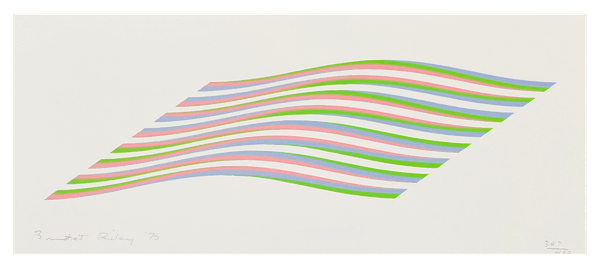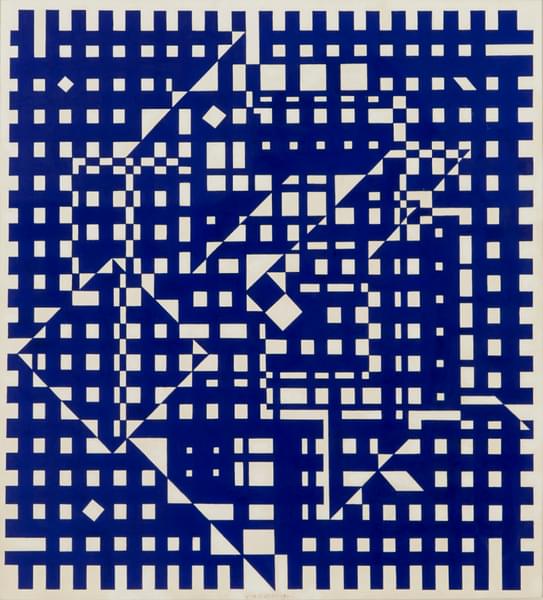9 October - 16 October 2020
Frieze Masters online viewing room
FRIEZE MASTERS 2020 - Hard Lines – Origins and Aspects of Hard Edge Painting
We, and our friends Schacky Art in Düsseldorf, are excited to share this preview of our first joint participation in Frieze Masters with you. When we began planning Hard Lines – Origins and Aspects of Hard Edge Painting, it seemed quite plausible to hope that the fair would still take place in Regent’s Park. Since then, however, the pandemic has remained with us and Frieze Masters is an online edition this year. We are pleased though, to be part of the fair’s very smart virtual showrooms as well as to present a selection of works in our actual spaces in Düsseldorf and London. The presentation will focus on the origins and development of hard edge abstraction on both sides of the Atlantic during the middle of the 20th century. Access to the Frieze Masters Viewing Room is open from 12pm BST on 9th October at viewingroom.frieze.com ending 16th October.
Featured Artists
- Josef Albers
- Anni Albers
- Walter Darby Bannard
- Max Bill
- Antonio Calderara
- Dadamaino
- Gene Davis
- Thomas Downing
- Günther Förg
- Günter Fruhtrunk
- Winfred Gaul
- Camille Graeser
- Al Held
- Wassily Kandinsky
- Ellsworth Kelly
- Julije Knifer
- Imi Knoebel
- Richard Paul Lohse
- Agnes Martin
- Kenneth Martin
- Howard Mehring
- François Morellet
- Aurélie Nemours
- Kenneth Noland
- Bridget Riley
- Victor Vasarely
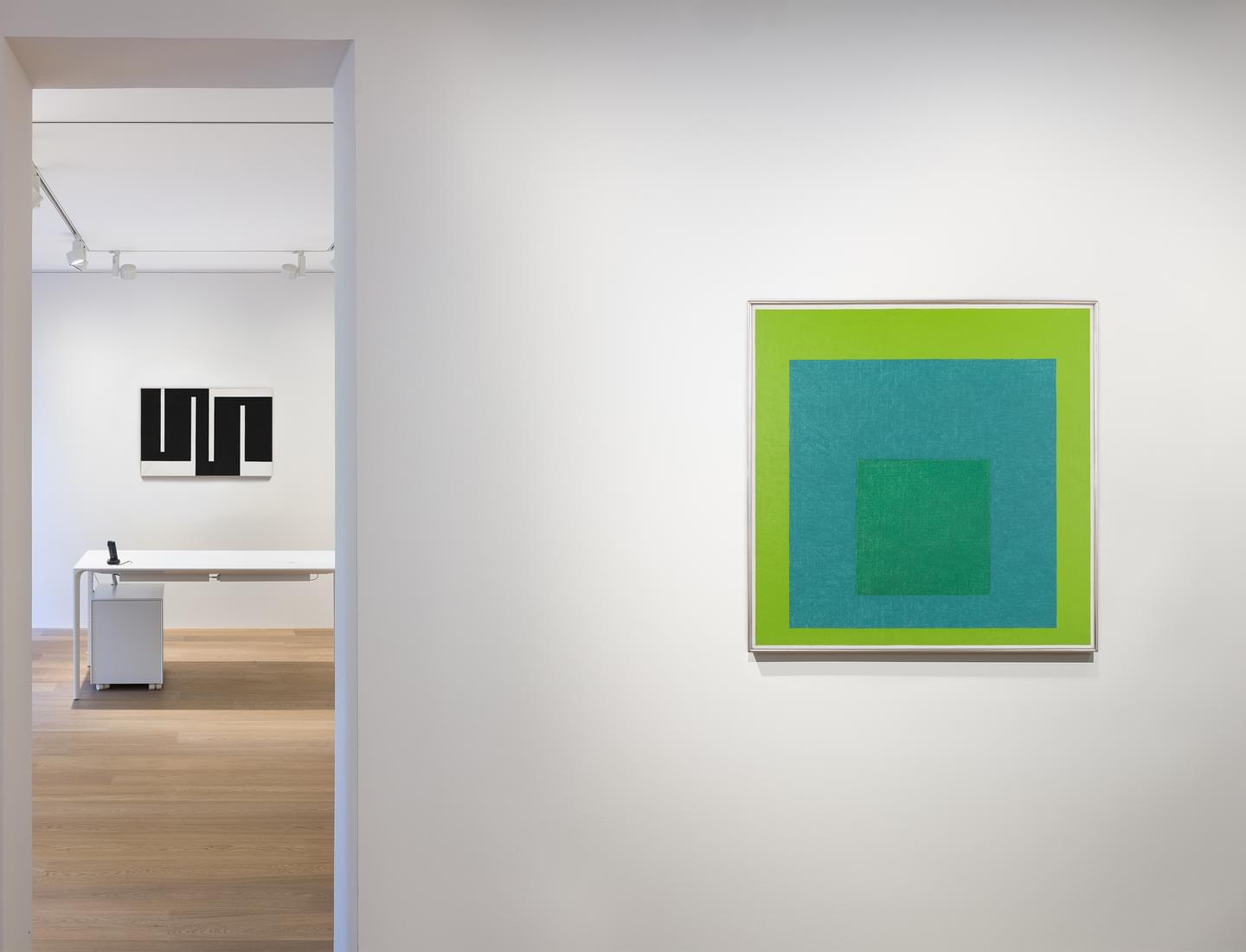
Rather than growing as a unified international group, hard edge developed separately in Europe and the USA but held common origins. Exponents of hard edge developed the disciplines of De Stijl, holding onto Van Doesberg’s key philosophy that all but the most essential forms and colours should be excluded. This credo was revered at the Bauhaus by teachers and pupils alike and the roots of hard edge painting, whereby abrupt transitions in colour or tone became the conceptual structure, took hold. Bauhaus lecturers Wassily Kandinsky, Josef Albers and Anni Albers were amongst the vanguard of this new style, which propagated through their pupils. Max Bill, for example, would return to Switzerland to join Allianz, with Richard Paul Lohse and Camille Graeser, and further the cause of concrete art there.
Allianz was one of many groups of artists which formed before and after World War II to promote new artistic tendencies, one of the key unifiers of which was rigorous hard edge abstraction and, later, a rejection of perceived egoism and self-indulgence associated with the gestural abstraction of Art Informel and the Abstract Expressionist painters.
In Milan Azimuth formed with Dadamaino as one of its founders. She had links to the Zero group, to François Morellet's GRAV and, to the over-arching movement which connected much of the European avant-garde working at that time Nouvelle Tendance. This connection saw the exchange of ideas pass between the likes of Julije Knifer in Zagreb and Antonio Calderara, a self-taught Italian painter who had come to the attention of Nouvelle Tendance founder Almir da Silva Mavignier.
The Influential gallerist Denise René in Paris, who showed the work of established artists such as Victor Vasarely, also introduced her discoveries, Günter Fruhtrunk amongst them.
Following Josef Albers' flight from Nazi Germany for America, he continued to teach the substance of what he had taught at the Bauhaus at Black Mountain College in North Carolina.
The new wave of artists that followed found attention through important exhibitions in the USA: Post-Painterly Abstraction curated by the influential Clement Greenberg at LACMA in 1964, brought together artists of the emerging Color Field movement and its largely hard edge offshoot the Washington Color School. Participants in this important show included Walter Darby Bannard, Gene Davis, Thomas Downing, Al Held, Ellsworth Kelly, Howard Mehring and Kenneth Noland.
In the two years that followed Post-Painterly Abstraction two other landmark exhibitions were held, both of which reinforced the arrival of hard edge and geometric abstraction in the USA: The Responsive Eye at MoMA in 1965 and Systemic Painting at the Guggenheim in 1966.
The Responsive Eye introduced a ready world to the optical phenomena of Op Art and Kinetic Art, and featured a painting by the young Bridget Riley on its cover. By now, hard edge painting had established itself as one of the most vibrant and diverse forms of abstraction, seemingly endlessly capable of transformation and variation.
Through the curation of these exhibitions, which included many of the artists present here, the common threads of hard edge abstraction were pulled tight and a wide ranging discourse began that continued into minimalism, conceptualism and the abstract painting of a later generation, including Günther Förg and Imi Knoebel amongst others.

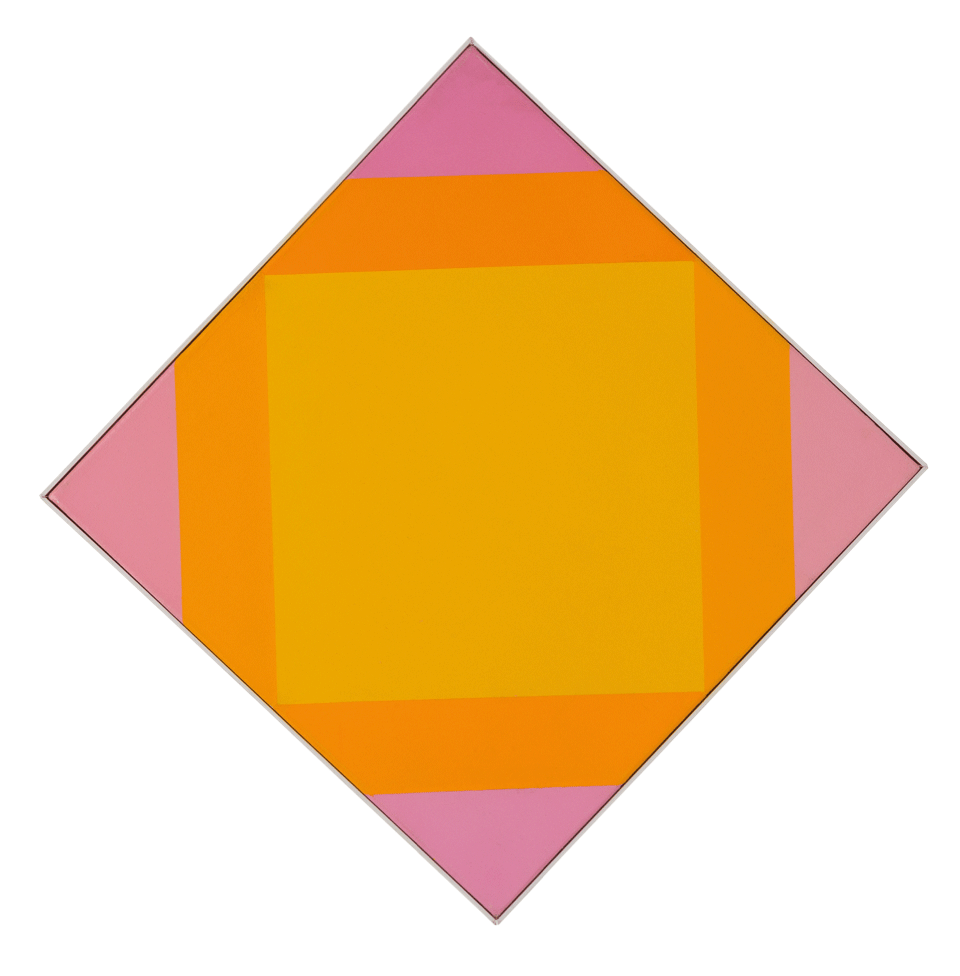
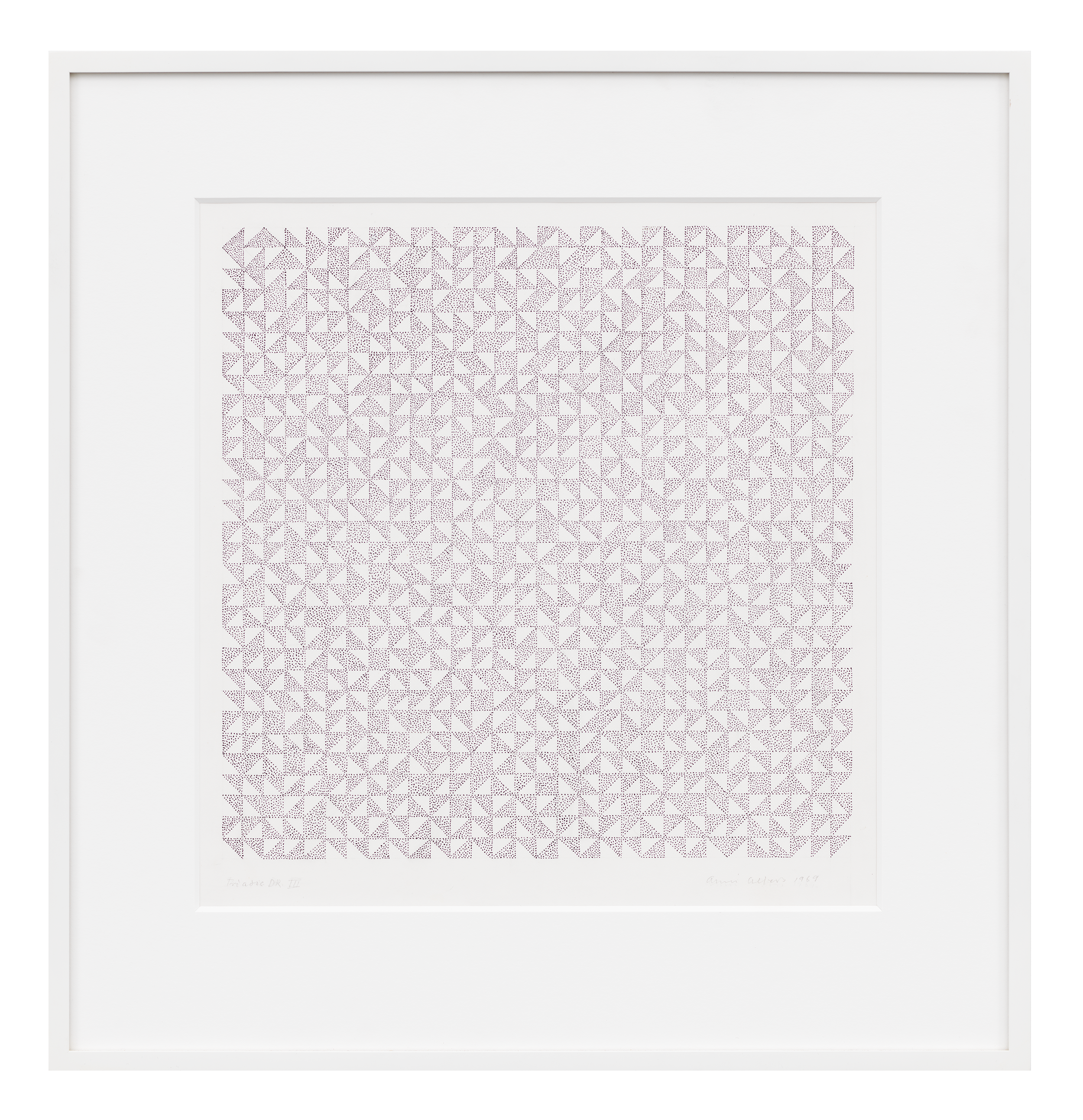
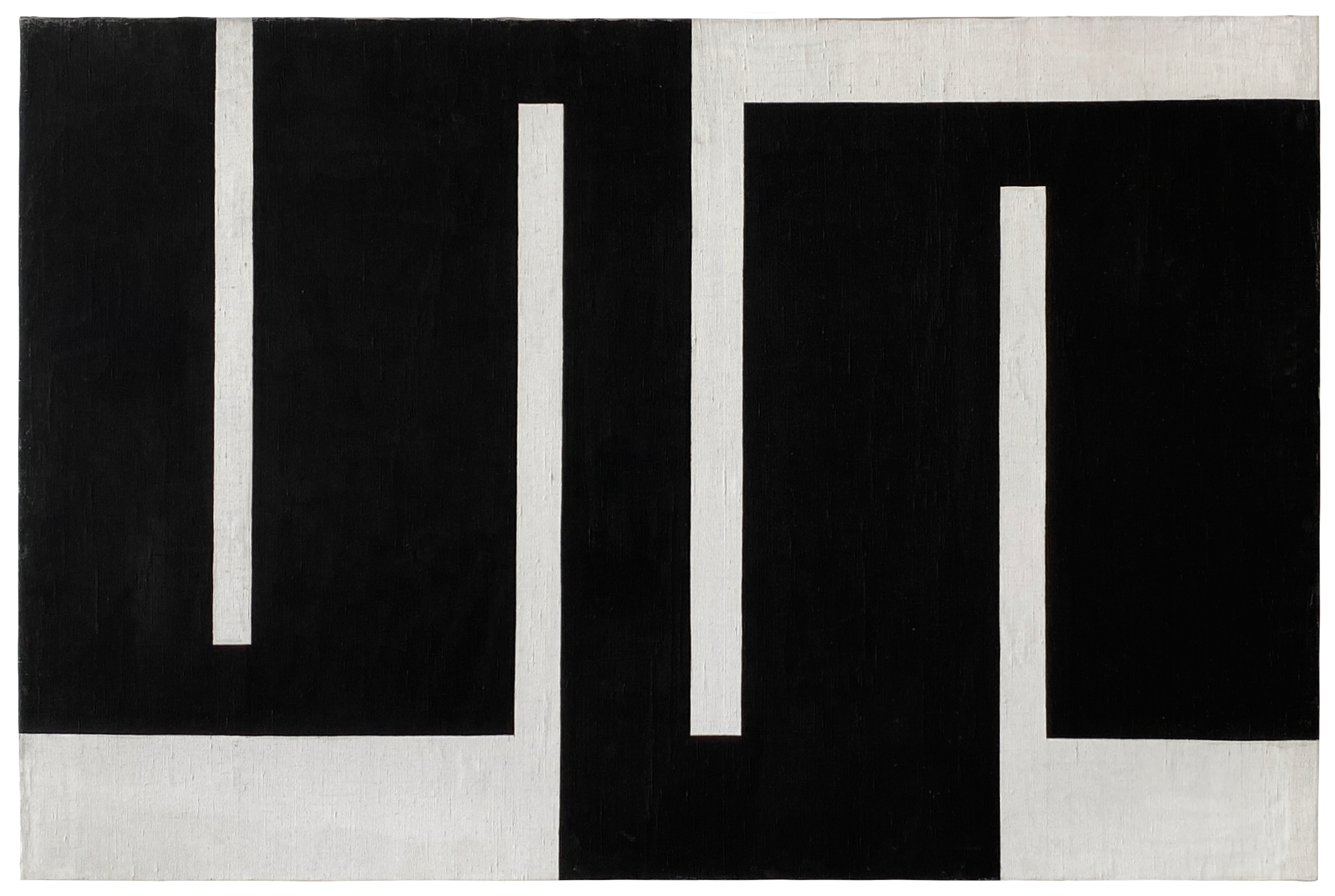
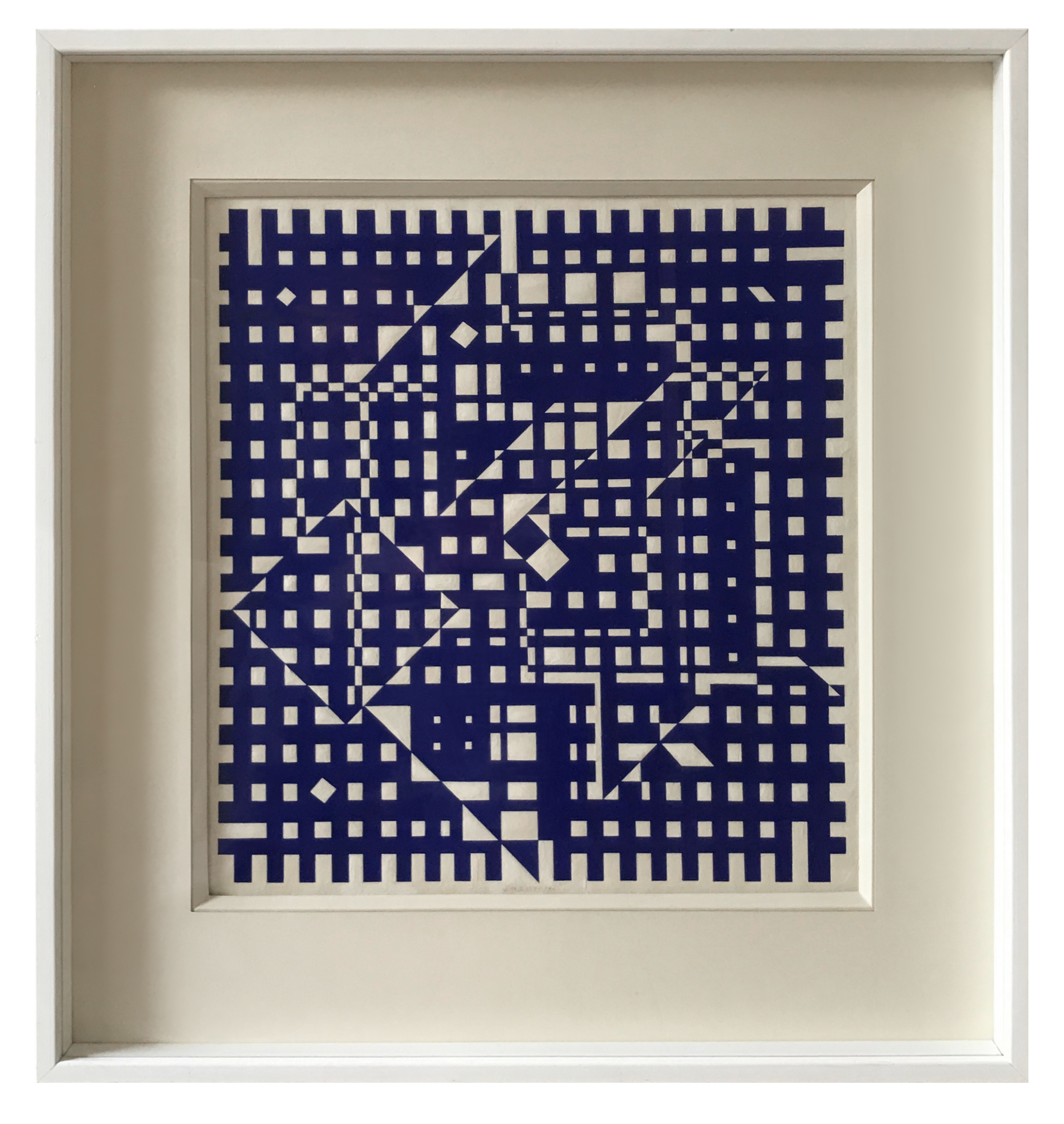
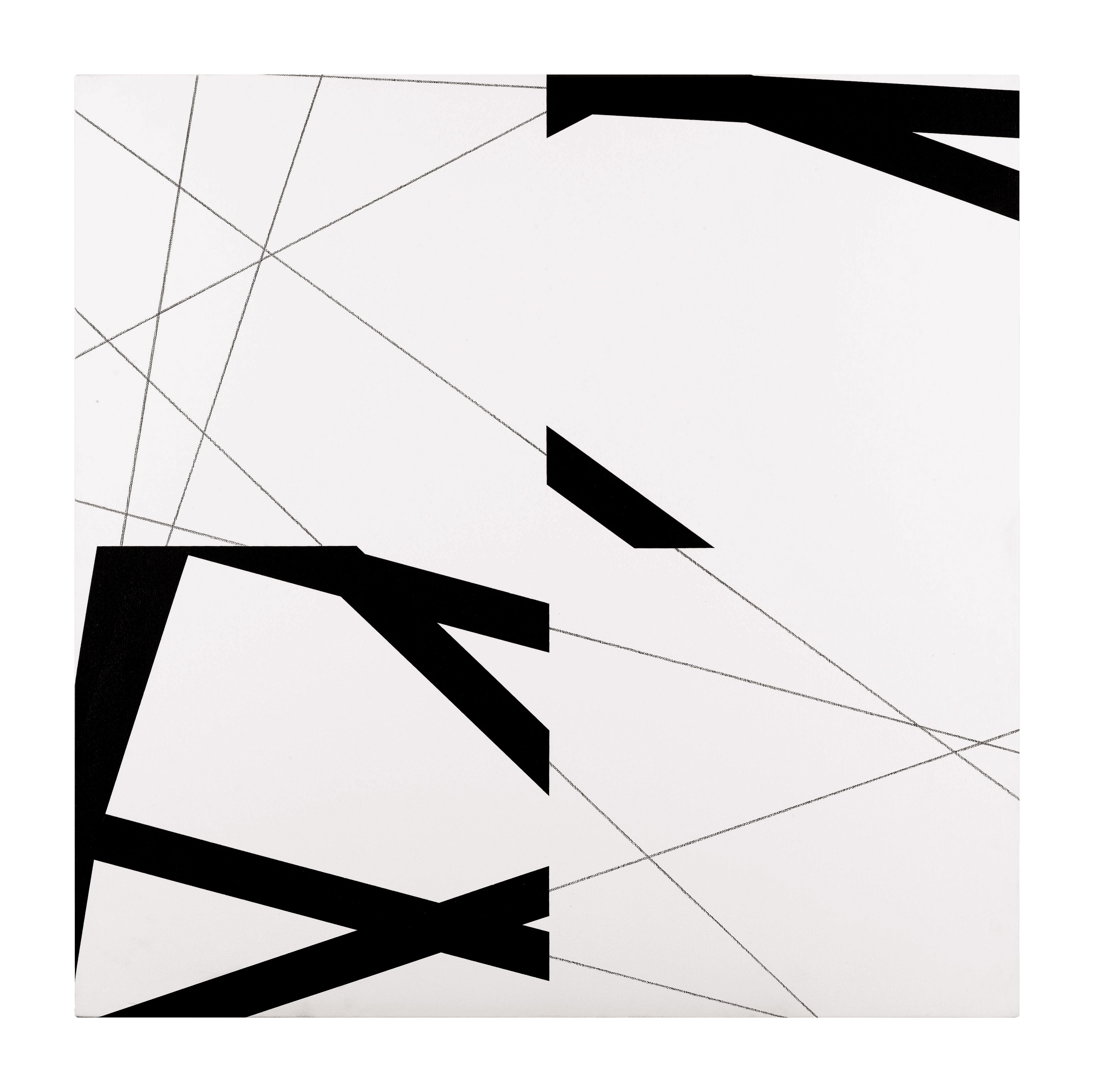
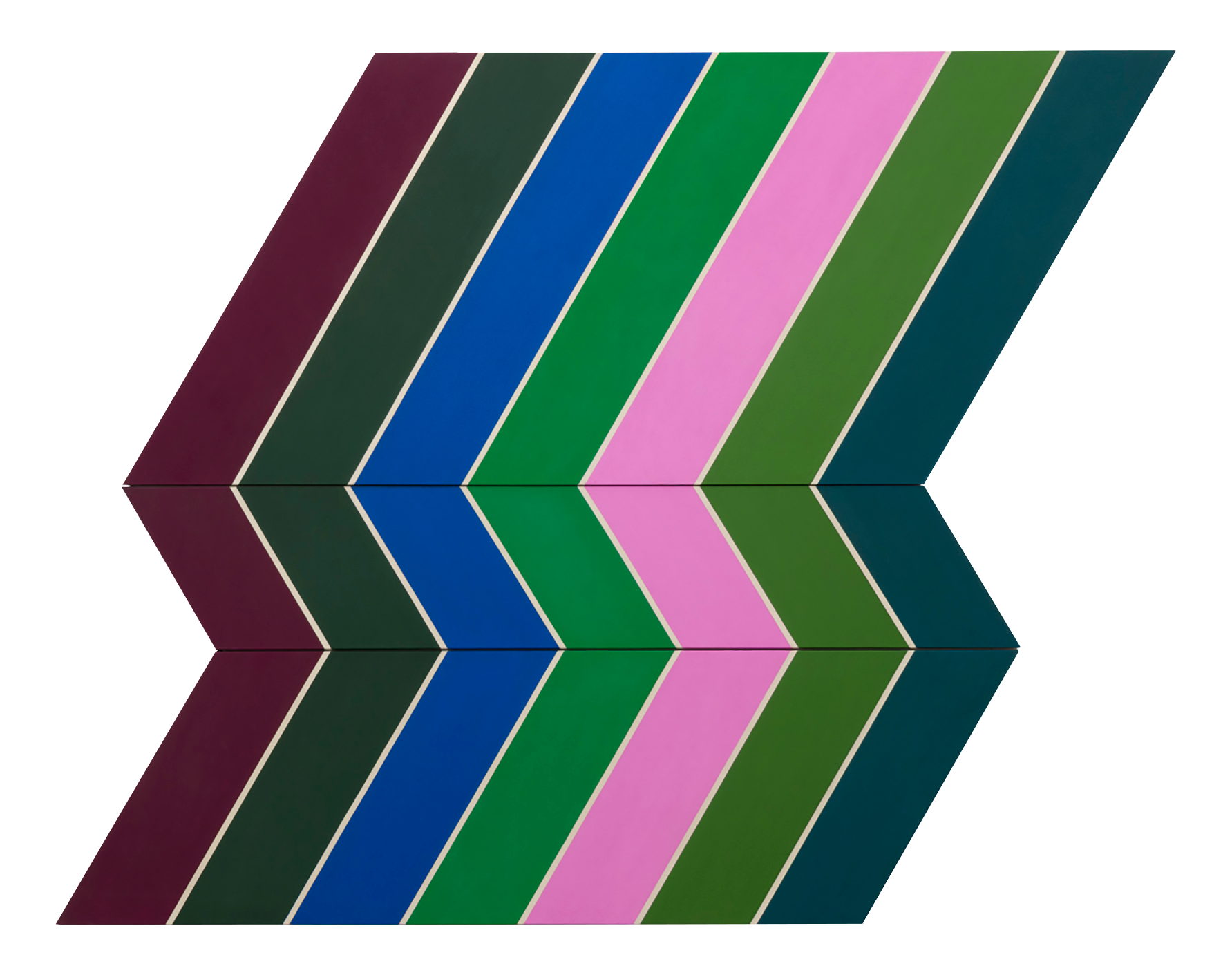
![Bridget Riley Untitled [Study towards Deny and Nineteen Greys] original painting](https://images.archeus.com/production/C16-68-Riley-Study-Towards-Deny-and-Nineteen-Greys-original-painting.png?w=3733&h=2635&auto=compress%2Cformat&fit=crop&dm=1683056114&s=2d0e17107b56d70d6af85567eca6ad92)
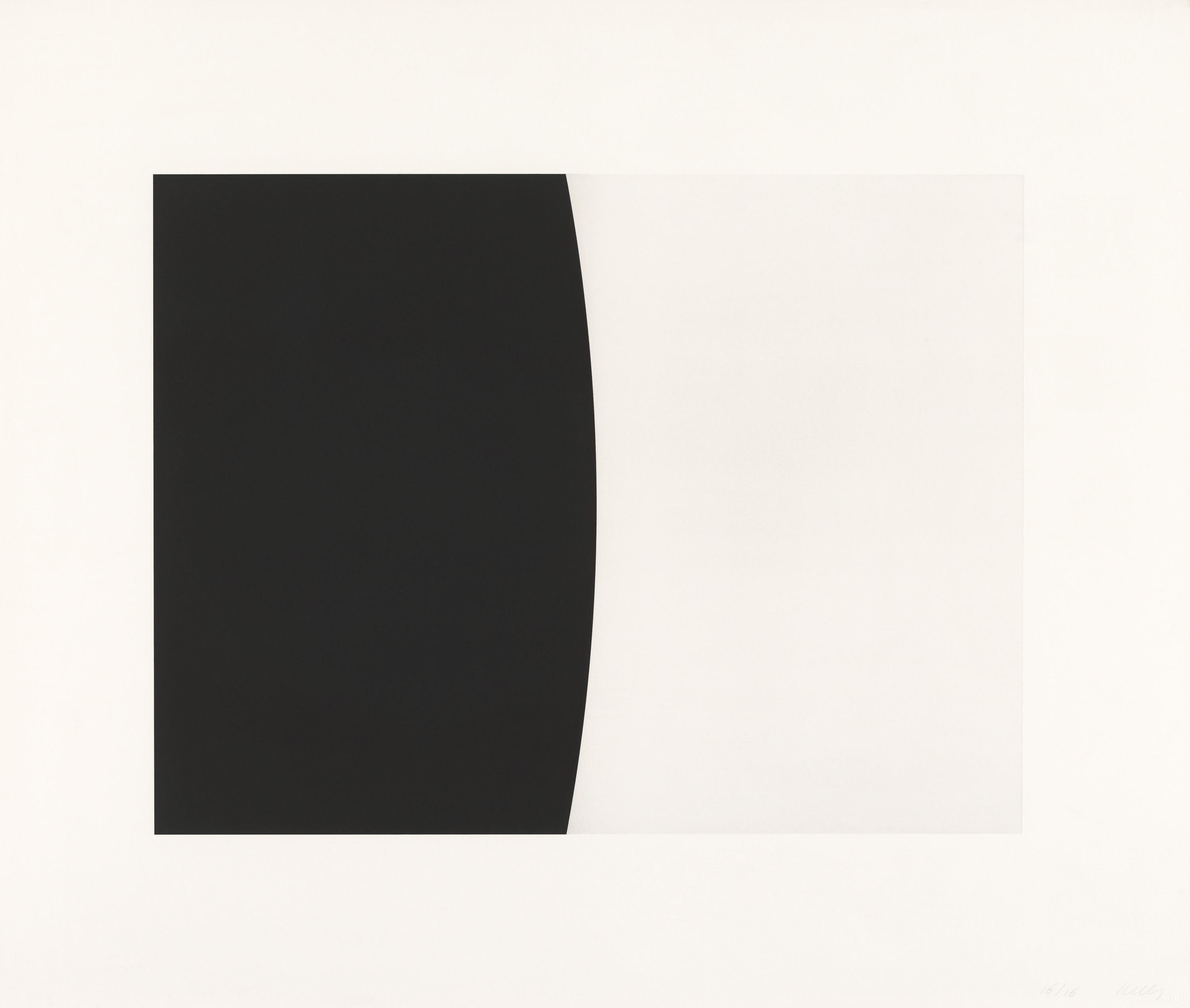
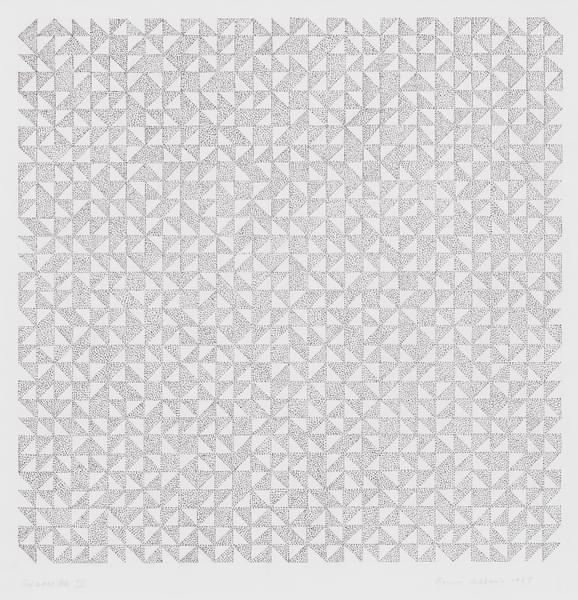
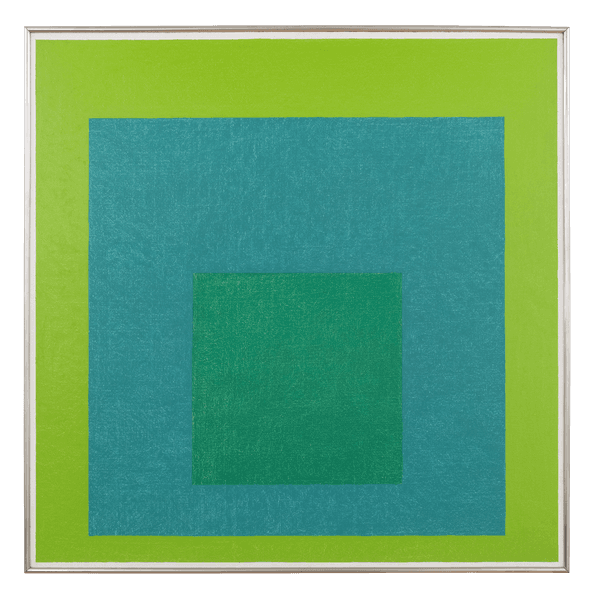
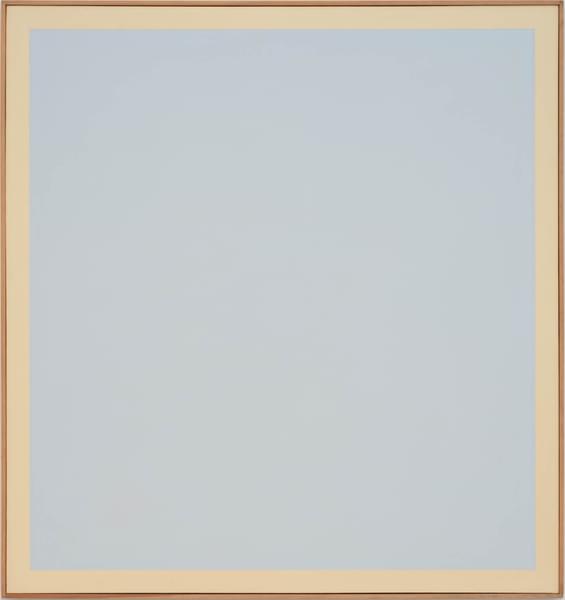
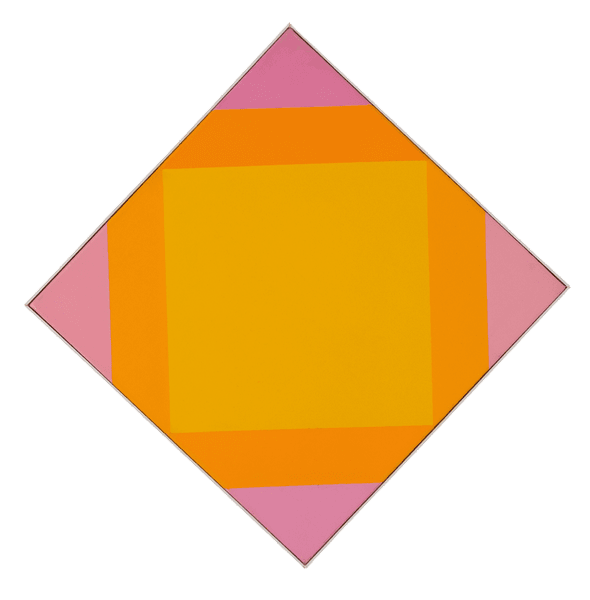

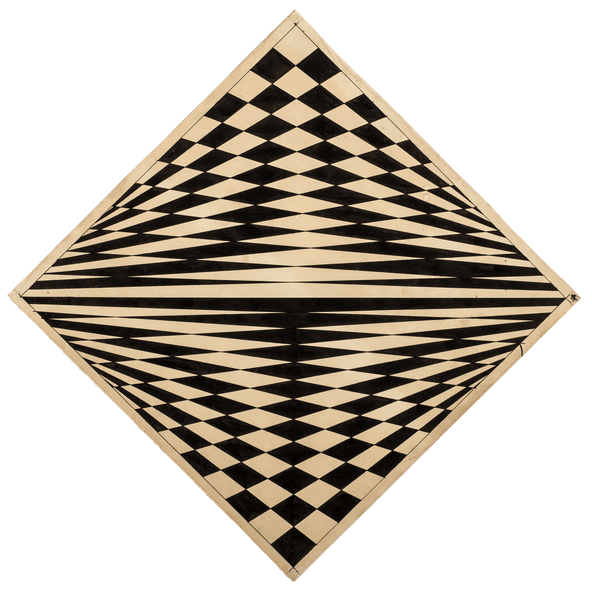


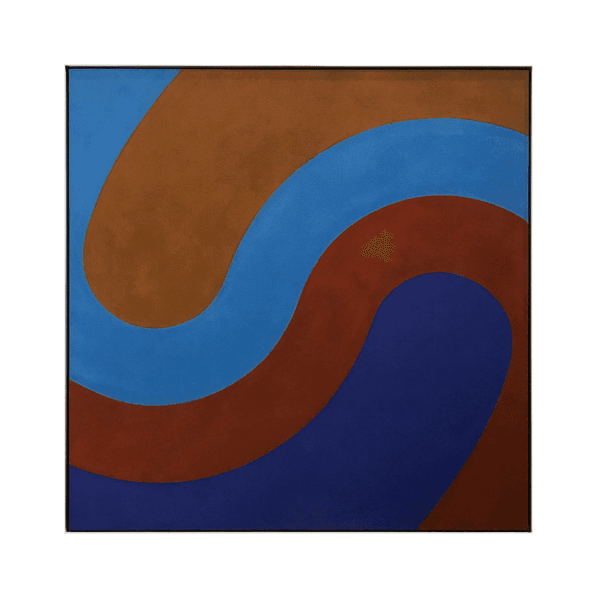
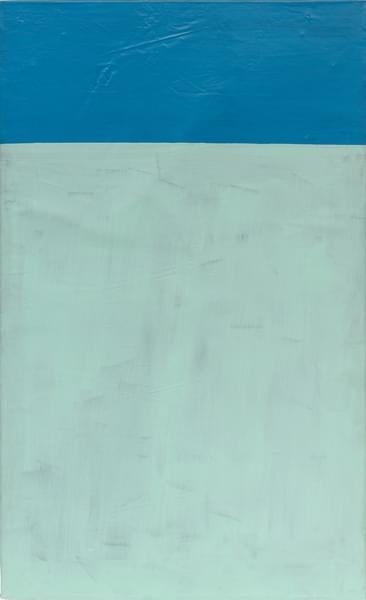
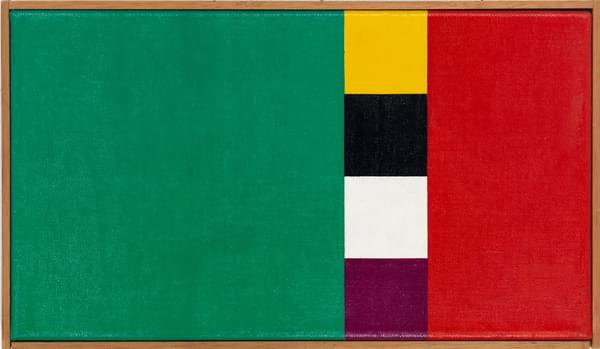
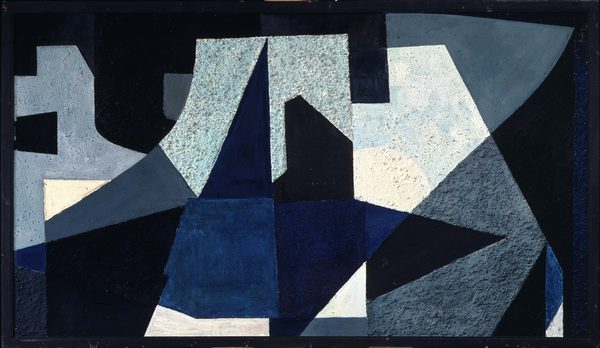
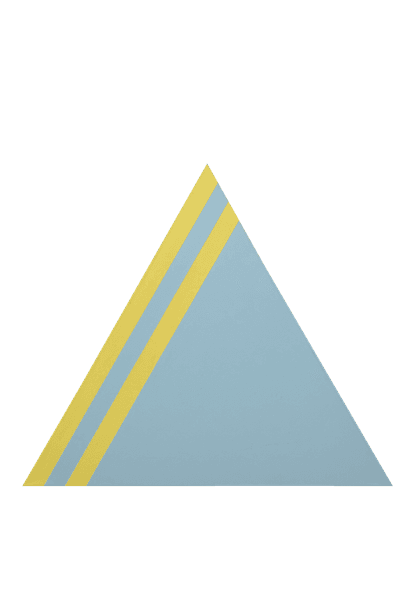
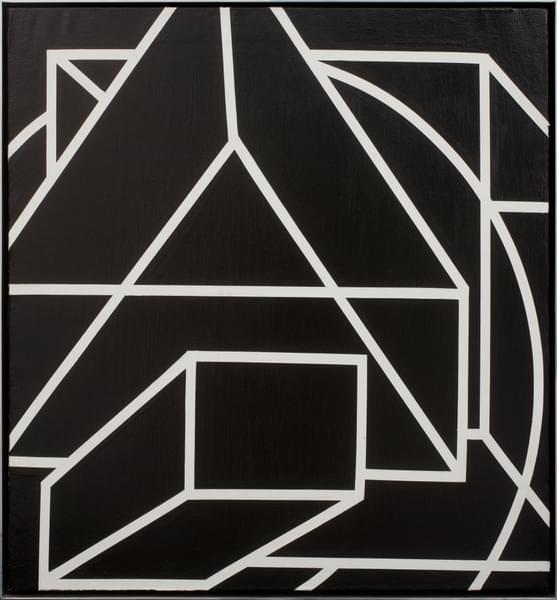

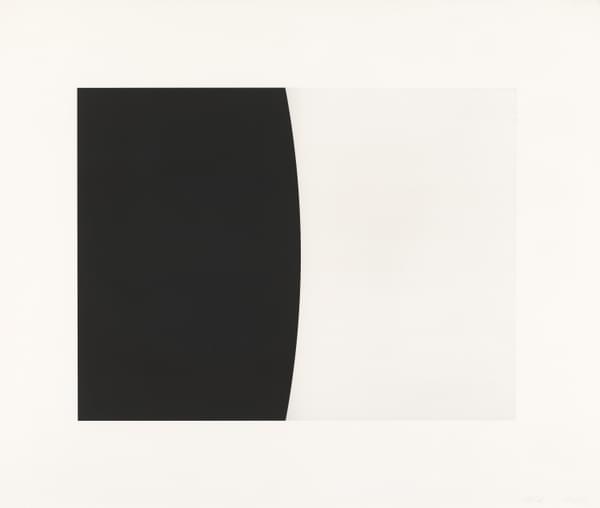
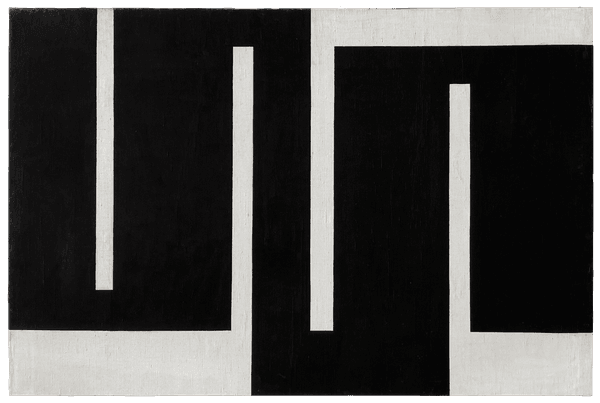
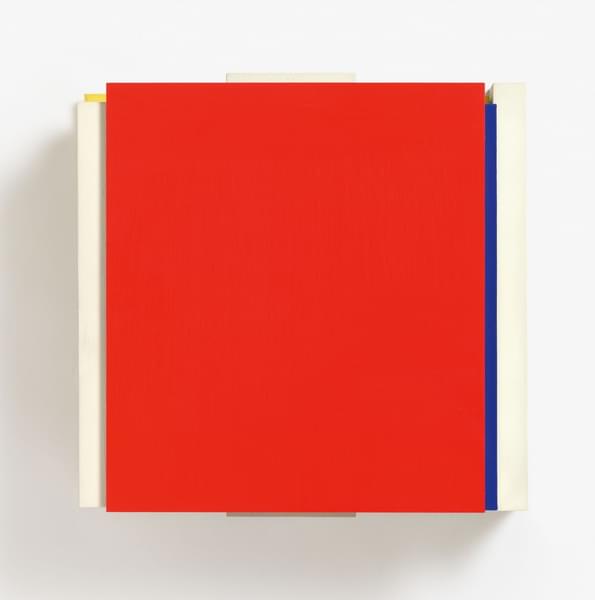
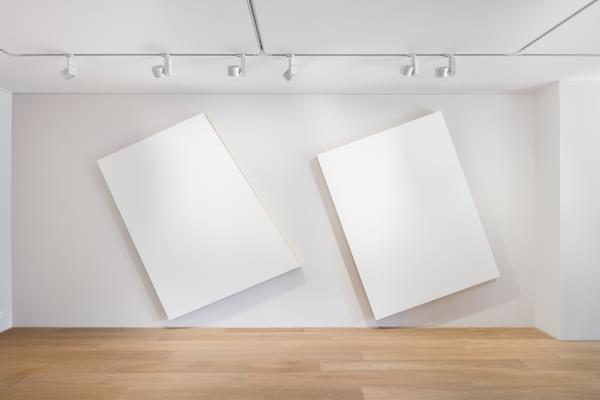
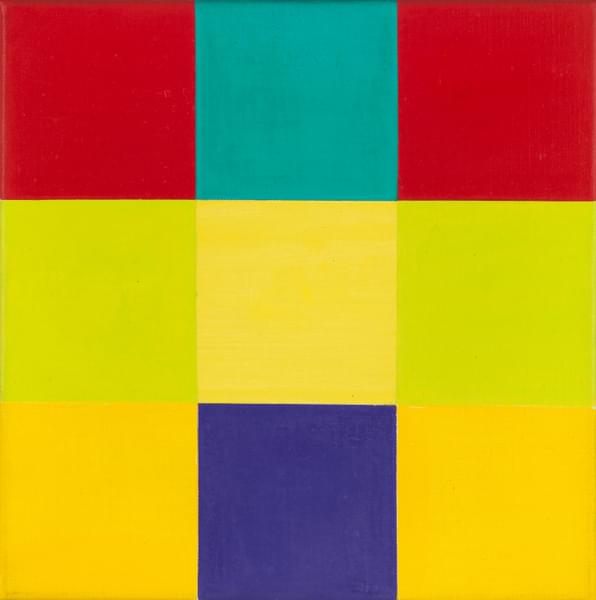
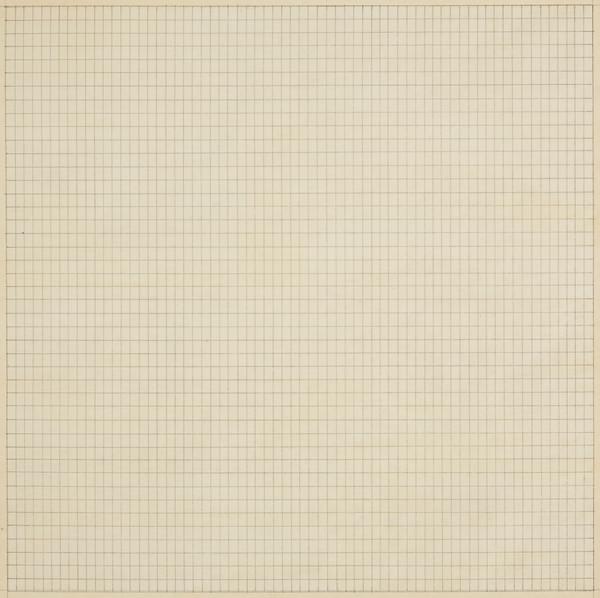
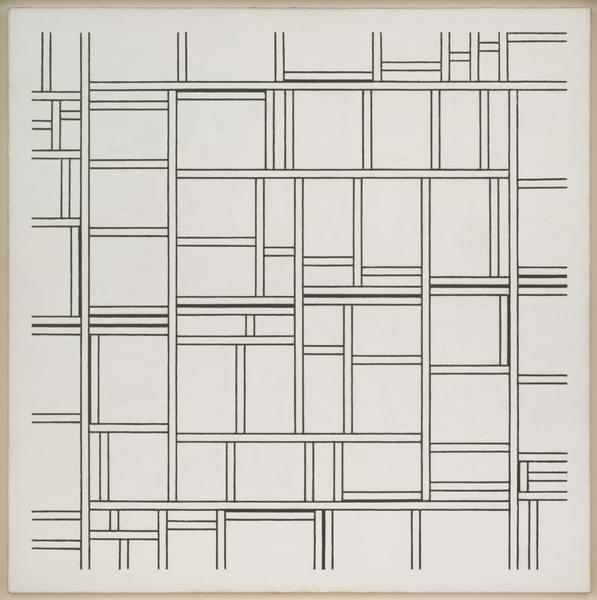
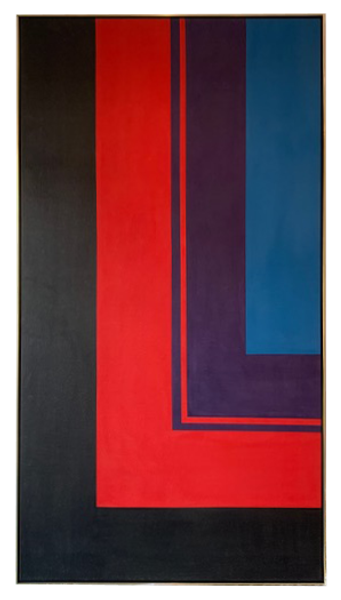
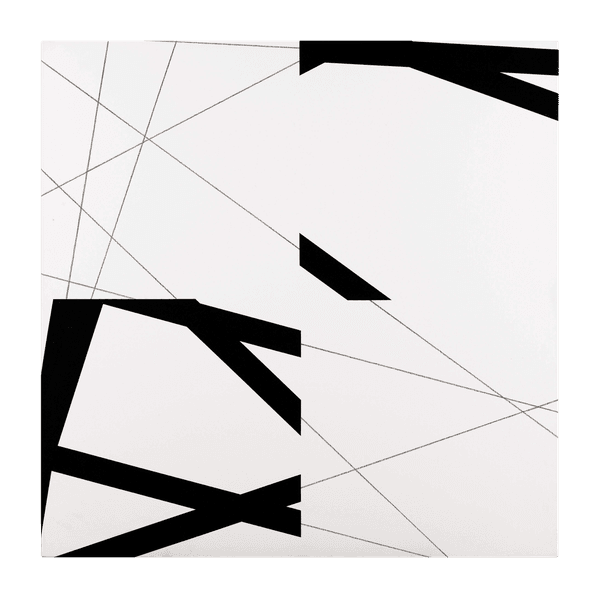
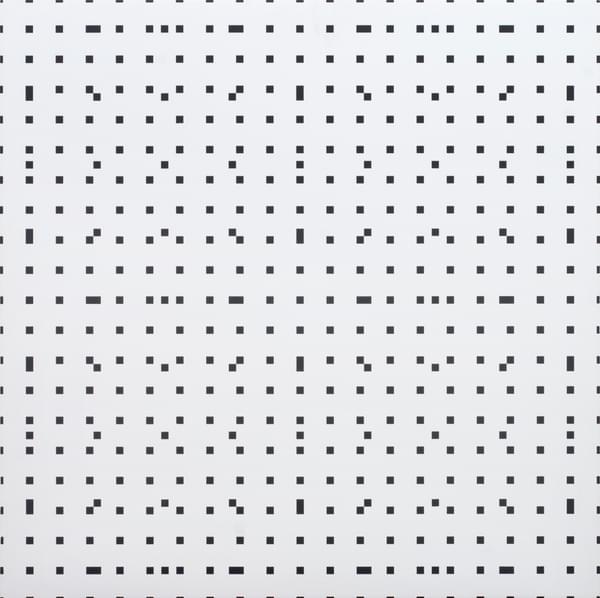

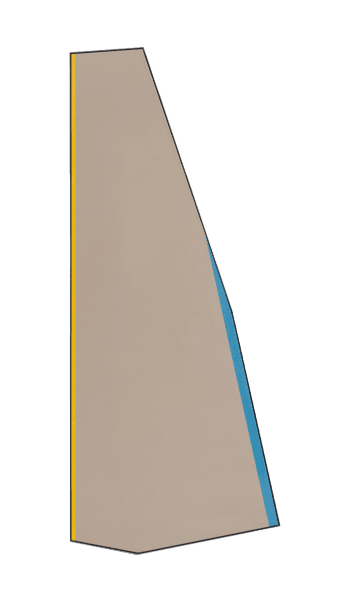
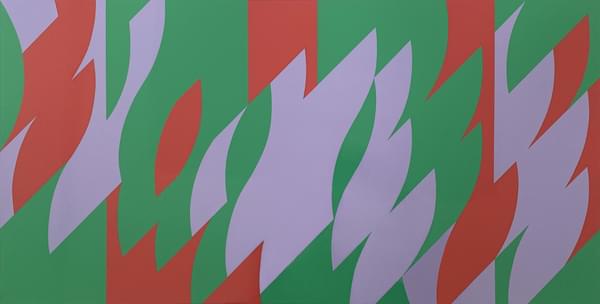
![Coloured Greys [2] - Bridget Riley](https://images.archeus.com/production/A19-28-Riley-Coloured-Greys-2-screenprint-in-colours.jpg?w=600&h=600&q=60&auto=format&fit=clip&dm=1683055377&s=6137b4068ce7f36c9ec222fd9fa3a099)
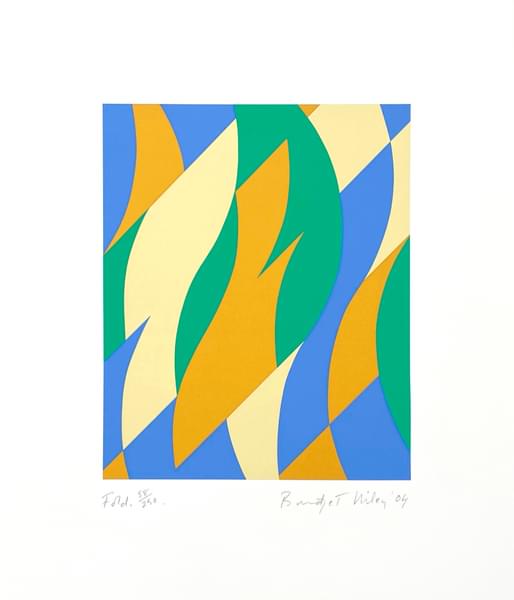
![Untitled [Fragment 4] - Bridget Riley](https://images.archeus.com/production/A17-14-Riley-Fragment-4-black-and-white-screenprint-on-plexiglas.jpg?w=600&h=600&q=60&auto=format&fit=clip&dm=1683055254&s=815790710771931fa9396935a5ee7d11)
![Untitled [Fragment 7] - Bridget Riley](https://images.archeus.com/production/A17-07-Riley-Fragment-7-black-and-white-screenprint-on-plexiglas.jpg?w=600&h=600&q=60&auto=format&fit=clip&dm=1683055249&s=b87b538e065182b3f7d46286459aeaf7)
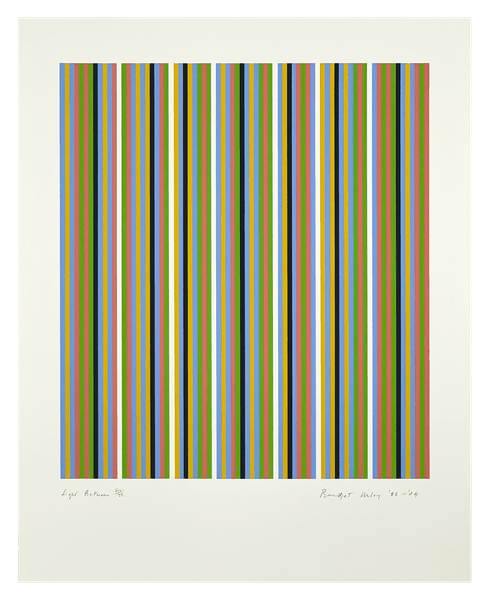
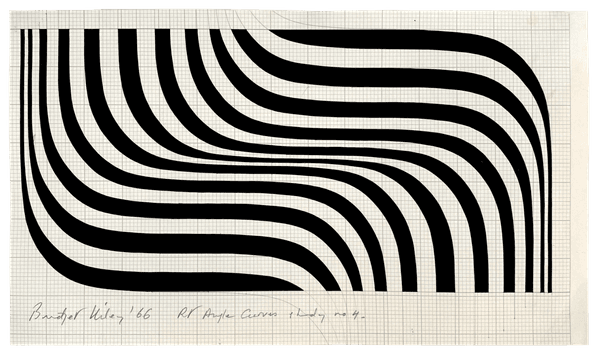
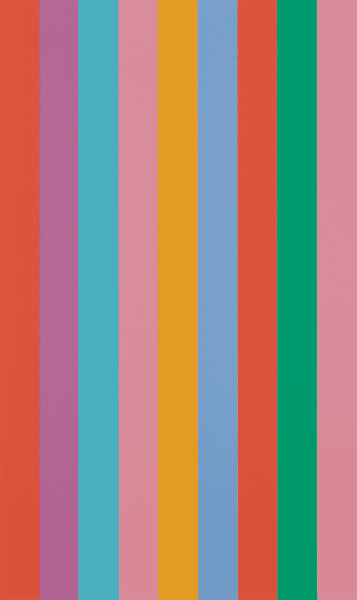
![Untitled [Blue] - Bridget Riley](https://images.archeus.com/production/A20-27-Riley-Untitled-Blue-screenprint-in-colours.png?w=600&h=600&q=60&auto=format&fit=clip&dm=1683055448&s=644d2c0c535a4ca6735b51502874bc9f)
![Untitled [Rose] - Bridget Riley](https://images.archeus.com/production/A20-28-Riley-Untitled-Rose-original-colour-screenprint.png?w=600&h=600&q=60&auto=format&fit=clip&dm=1683055451&s=8f00dfce0327f293b12a2d5d3d144efc)
![Untitled [Study towards Deny and Nineteen Greys] - Bridget Riley](https://images.archeus.com/production/C16-68-Riley-Study-Towards-Deny-and-Nineteen-Greys-original-painting.png?w=600&h=600&q=60&auto=format&fit=clip&dm=1683056114&s=027b153768be24434c775570041a0a98)
